
Antoine Pesne paints the queen of Prussia (1739) in blue with pink bows. Yay or Nay?
[Stiftung Preußische Schlösser und Gärten]



 Do you spend your mornings being tortured with the decisions of what to wear? Should it be the polonaise or anglais, the red waistcoat or the green? There is simply just too much to think about. And what about that hair? You have the style down but what about the powder? The eighteenth century had people powdering every inch of themselves creating an endless demand for those in the powder business.
Do you spend your mornings being tortured with the decisions of what to wear? Should it be the polonaise or anglais, the red waistcoat or the green? There is simply just too much to think about. And what about that hair? You have the style down but what about the powder? The eighteenth century had people powdering every inch of themselves creating an endless demand for those in the powder business.
 The illusion of shape is a common challenge in fashion and one of the many tools to procure this shape was the stomacher. While many people may tend to associate stomachers with the 18th century, they had been around for centuries, giving a narrow-wasted illusion to its wearer.
The illusion of shape is a common challenge in fashion and one of the many tools to procure this shape was the stomacher. While many people may tend to associate stomachers with the 18th century, they had been around for centuries, giving a narrow-wasted illusion to its wearer.
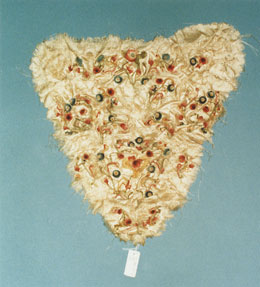 circa 1760
circa 1760
 Don't forget, North American Austen-fans; part one of Emma premieres tonight at 9:00 on PBS!
Don't forget, North American Austen-fans; part one of Emma premieres tonight at 9:00 on PBS!
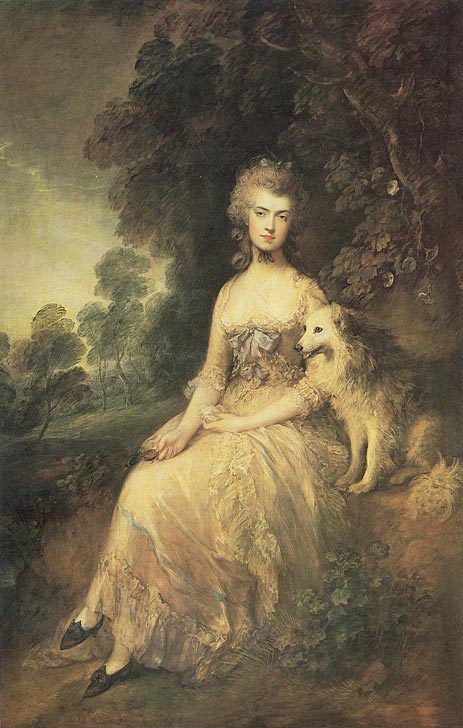 1781 was the height of Mary "Perdita" Robinson's celebrity. This is most likely because she and the Prince of Wales had just broken up and EVERYONE knew about it. His new squeeze was "Dally the Tall, Grace Dalrymple Elliott, whom was newly single from her scandalous divorce. Naturally, it was claws out for the two tarts.
1781 was the height of Mary "Perdita" Robinson's celebrity. This is most likely because she and the Prince of Wales had just broken up and EVERYONE knew about it. His new squeeze was "Dally the Tall, Grace Dalrymple Elliott, whom was newly single from her scandalous divorce. Naturally, it was claws out for the two tarts. for the Prince's affection (even though that was soo over).
for the Prince's affection (even though that was soo over). "...Dally the Tall gave a superb fete last night at her house near Tyburn Turnpike, in consequence of the Perdita's departure for the Continent, whose superior charms have long been the daily subject of Dally's envy and abuse."Perhaps the press just misconstrued Grace's intentions for a good time. But then again, a themed party is always much more fun.
 The wait is over! This Sunday, 24 January, the first episode of Jane Austen's tale of a rich-girl matchmaker, Emma will grace North American televisions. This new version has a delightful cast which includes Romola Gari, Michael Gambon, and the ever-delicious Johnny Lee Miller.
The wait is over! This Sunday, 24 January, the first episode of Jane Austen's tale of a rich-girl matchmaker, Emma will grace North American televisions. This new version has a delightful cast which includes Romola Gari, Michael Gambon, and the ever-delicious Johnny Lee Miller. The British have a nasty history of trying to ruin the Celtic spirit with crazy psychological laws and bans. During the Jacobian uprising of 1745 George II began to worry about Scotland revolting and decided to implement another spirit-crushing law intended for a certain nationality. The law declared that no one
The British have a nasty history of trying to ruin the Celtic spirit with crazy psychological laws and bans. During the Jacobian uprising of 1745 George II began to worry about Scotland revolting and decided to implement another spirit-crushing law intended for a certain nationality. The law declared that no one "shall, on any pretext whatsoever, wear or put on the clothes commonly called Highland clothes the Plaid, Philabeg, or little Kilt, Trowse, Shoulder-belts, or any part whatsoever of what peculiarly belongs to the Highland Garb; and that no tartan or party-coloured plaid or stuff shall be used for the Great Coats or upper Coats..."No plaid? I wouldn't survive. The ban on plaid didn't apply to soldiers uniforms. The reason for this: the sight of plaid struck fear into enemies. But Scottish peasant and noble alike were forbidden from donning the fabric of their heritage. Those who dared challenge this decree faced a prison sentence. Well, I happen to know one such daring individual, Jane Duchess of Gordon. The Duchess didn't fear the law and was known to wear plaid; and she got away with it too! No doubt she escaped persecution due to her constant sucking up to the king! It didn't matter too much anyway because by 1782 George III lifted the silly fashion ban.
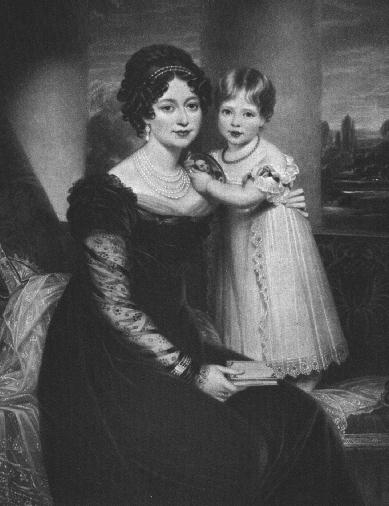

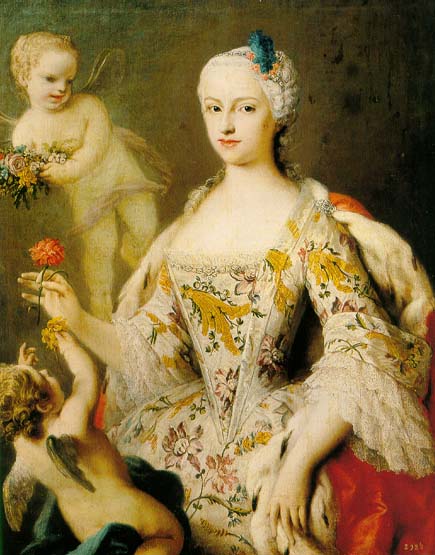
 For anyone planning any upcoming excursions to Chatsworth, this is the year to do it. As reader, Polonaise pointed out there will be a lecture on our favourite Duchess on April 28. What I would give to be able to attend that! Whats more, Chatsworth is not only opening up a new tour route but a whole gallery dedicated to Georgiana. Swoon. But don't step into your carriages just yet. Chatsworth House does not open until March. In the meantime you can get all excited with updates from the official website and blog.
For anyone planning any upcoming excursions to Chatsworth, this is the year to do it. As reader, Polonaise pointed out there will be a lecture on our favourite Duchess on April 28. What I would give to be able to attend that! Whats more, Chatsworth is not only opening up a new tour route but a whole gallery dedicated to Georgiana. Swoon. But don't step into your carriages just yet. Chatsworth House does not open until March. In the meantime you can get all excited with updates from the official website and blog.
 Bess, being Georgiana's confidant, was very well aware of the Duchess' mounting debts. By the time Georgiana successfully delivered a healthy child, Bess was living in Turin, Italy. She was both jealous and fearful that this child would bring husband and wife closer together and she would soon be forgotten. At the time Bess was being supported by the Devonshires, but strangely enough would find herself running out of money. Is Turin a pricey place? Either way, her letters to Georgiana begged for money and contained a lot of 'I owe ya one!' which was slightly suspicious because she used to only reluctantly accept gifts of money. Georgiana's letters to Bess talk of how she would of course give Bess the money she needed, and then would consist of her thinking out-loud (via letter) about how she would manage to sneak the money to Bess with all the debts she was already worrying about. Not only was Bess well-aware of Georgiana's debts, she was not in need of extra money. She threw what money Georgiana spared to her in the bank. So much for IOUs.
Bess, being Georgiana's confidant, was very well aware of the Duchess' mounting debts. By the time Georgiana successfully delivered a healthy child, Bess was living in Turin, Italy. She was both jealous and fearful that this child would bring husband and wife closer together and she would soon be forgotten. At the time Bess was being supported by the Devonshires, but strangely enough would find herself running out of money. Is Turin a pricey place? Either way, her letters to Georgiana begged for money and contained a lot of 'I owe ya one!' which was slightly suspicious because she used to only reluctantly accept gifts of money. Georgiana's letters to Bess talk of how she would of course give Bess the money she needed, and then would consist of her thinking out-loud (via letter) about how she would manage to sneak the money to Bess with all the debts she was already worrying about. Not only was Bess well-aware of Georgiana's debts, she was not in need of extra money. She threw what money Georgiana spared to her in the bank. So much for IOUs.

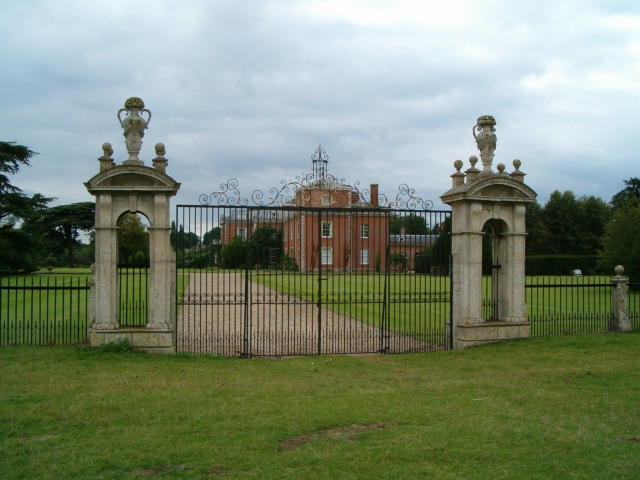
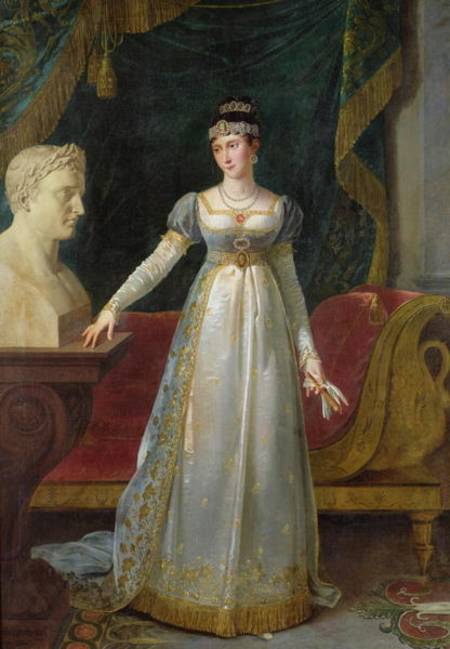

 would explain why Flora was raised by the head of the clan instead of her mother. When she was thirteen, a friend of her mother had Flora join her own daughter in receiving a lady's education in Edinburgh.
would explain why Flora was raised by the head of the clan instead of her mother. When she was thirteen, a friend of her mother had Flora join her own daughter in receiving a lady's education in Edinburgh. ty, daring, lass willing to risk everything for a cause she believed in.
ty, daring, lass willing to risk everything for a cause she believed in.

"I regret the Duchess's departure very much. As for Lady Elisabeth, she is nice enough but one can do without her, but the Duchess has a thousand good qualities and an excellent heart."

 I normally don't like making resolutions for the new year because they are just made to be broken. But this year I will give it a try. My resolutions for 2010 are:
I normally don't like making resolutions for the new year because they are just made to be broken. But this year I will give it a try. My resolutions for 2010 are: